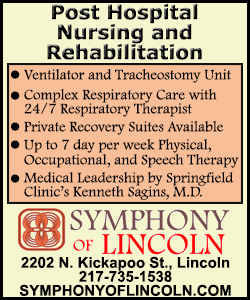|
 Researchers analyzed data from 1.4 million visits to the National
Health Service (NHS) Health Check website over the first five months
after this risk assessment tool debuted online last year. (http://bit.ly/1jCWgAn) Researchers analyzed data from 1.4 million visits to the National
Health Service (NHS) Health Check website over the first five months
after this risk assessment tool debuted online last year. (http://bit.ly/1jCWgAn)
Less than half of the visitors to this site completed enough steps
to receive an assessment of their heart health, the study found.
Even among people who did get an assessment, 50 percent didn’t know
or failed to enter their blood pressure information and 79 percent
left out their total cholesterol values.
Without knowing their blood pressure or cholesterol levels, it’s
hard for people to get an accurate picture of their health, said
lead study author Dr. Riyaz Patel of University College London.
“For disease prevention, it’s important that people take ownership
of their risk and health and the first step is information,” Patel
said by email.

“We hope that tools like this stimulate people to think more about
their cardiovascular health and then either go to a health
professional to get their risk factors formally assessed or take any
actions suggested to improve their health,” Patel added.
Globally, 17.5 million people die from cardiovascular disease each
year, accounting for about 31 percent of deaths, according to the
World Health Organization. Most of these deaths are from heart
attacks and strokes.
Premature heart attacks and strokes are often preventable. Lifestyle
choices like getting enough exercise, eating a healthy diet and
avoiding tobacco can help. Checking and controlling risk factors
like high blood pressure, elevated cholesterol and high blood sugar
is also important for prevention.
For the current study, researchers examined anonymous data that
users entered when they did risk assessments on the NHS Health Check
website from February through July of 2015.
The site calculates a “heart age” based on data users enter for
basic demographics like age and gender as well as for risk factors
like weight, blood pressure and cholesterol.
Compared with the user’s chronological age, the heart age will be
older when they have a greater risk of cardiovascular disease and
younger if their risk is less than typical for their actual age.
A total of 575,782 users completed the process and provided enough
information for the website to calculate a heart age.
[to top of second column] |

In this subset of users, 79 percent had a heart age older than their
chronological age, researchers report in BMJ Open, September 28th.
For users under 40 years old, 87 percent of males and 41 percent of
females had a heart age greater than their chronological age.
In particular, 28 percent of young men had a heart age at least five
years older than their actual age, the study found.
These results suggest that even among people who may be younger and
not considered at the highest risk for cardiovascular disease, more
screening and treatment for risk factors may be needed, the authors
conclude.
The study results also highlight the need for people to get screened
by doctors, so they aren’t in the dark about risk factors like blood
pressure and cholesterol, said Dr. Timothy Plante, a researcher at
Johns Hopkins University in Baltimore who wasn’t involved in the
study.
“Many of the big risk factors for cardiovascular disease are related
to a person’s behaviors, which means that patients can reduce their
risk of having a heart attack or stroke by making basic healthy
lifestyle changes like quitting smoking and losing weight through
diet and exercise,” Plante said.

“We have many tools that estimate someone's risk of having a heart
attack or stroke and patients want to use these to get an idea of
how healthy they are from a cardiovascular perspective,” he added.
“For many patients, knowing their risk for certain diseases can be
big motivators for making healthy lifestyle choices.”
SOURCE: http://bit.ly/2cDGSH6
BMJ Open 2016.
[© 2016 Thomson Reuters. All rights
reserved.] Copyright 2016 Reuters. All rights reserved. This material may not be published,
broadcast, rewritten or redistributed. |